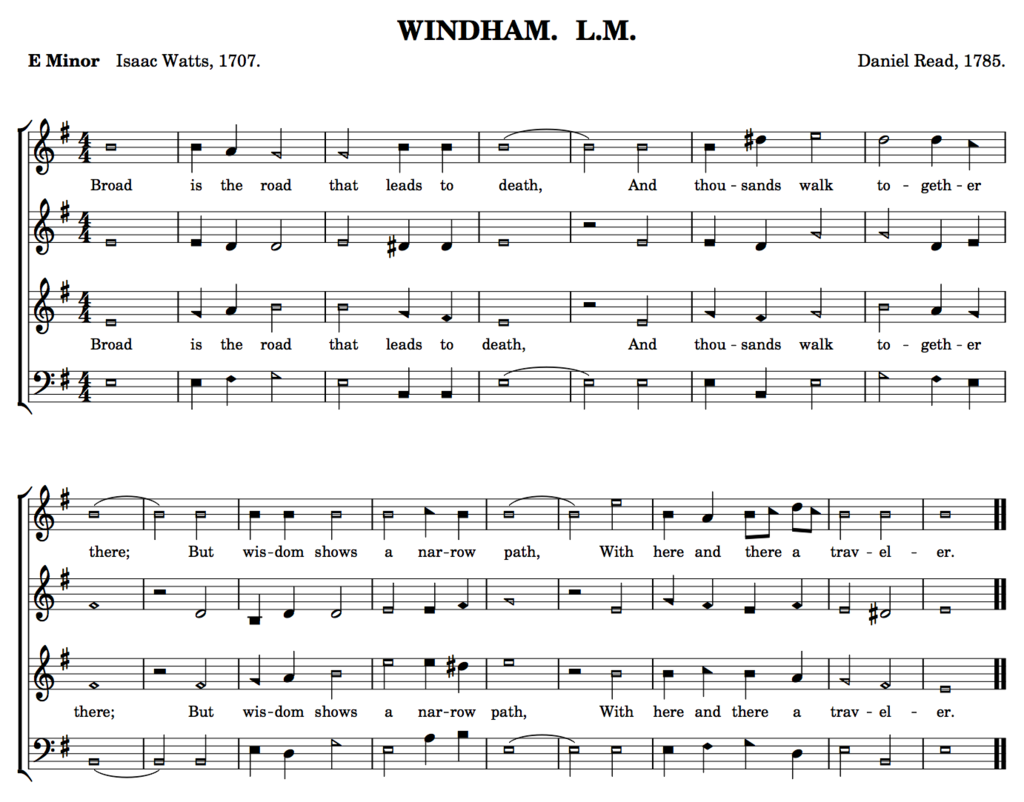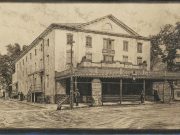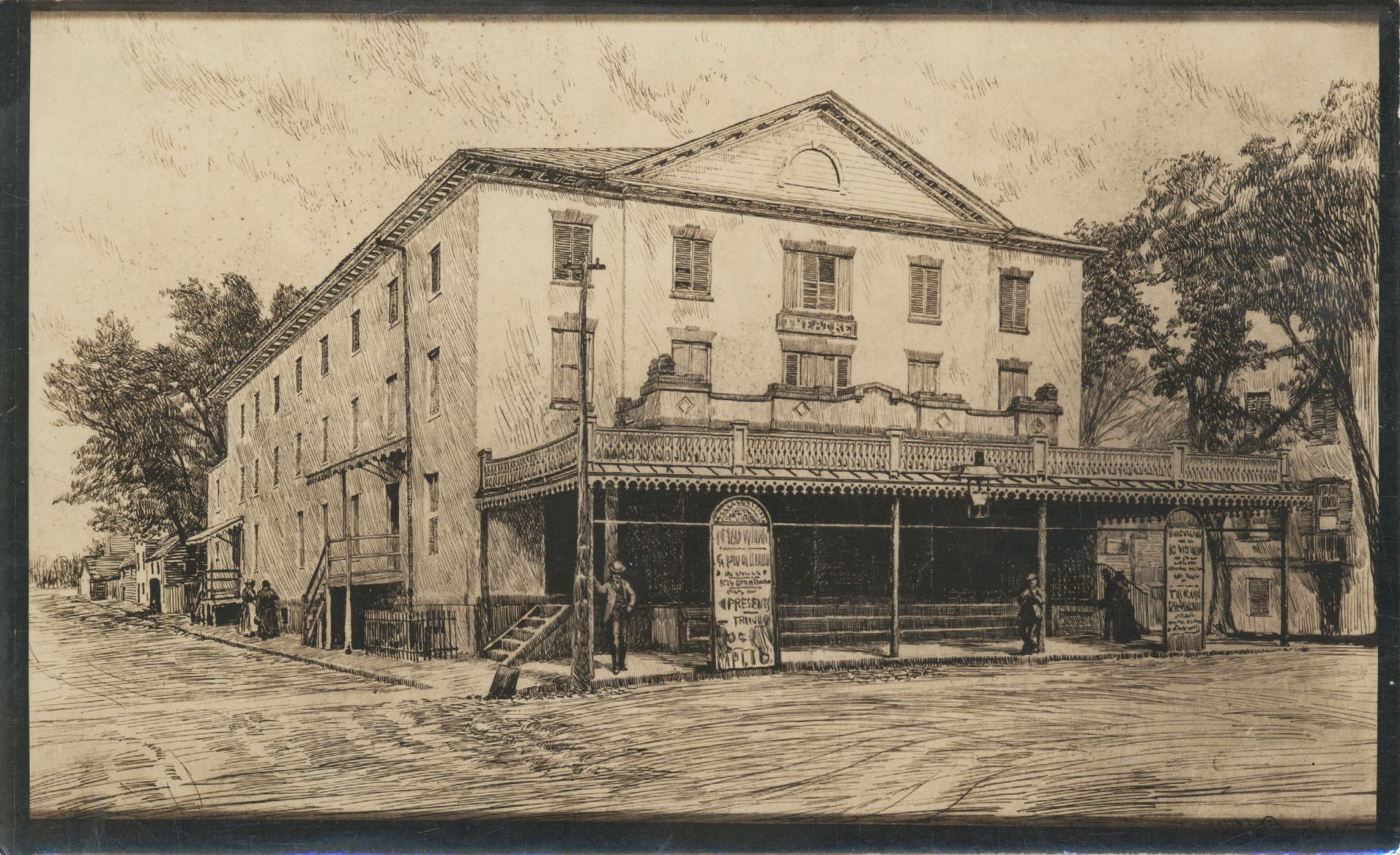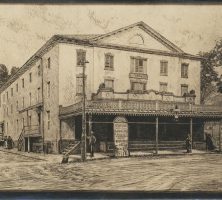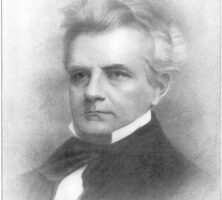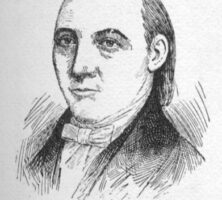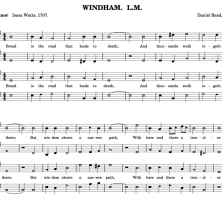The musical life of antebellum Georgia is remarkable not so much for its originality—much of the music heard in Georgia was heard nationwide—but for its diversity and the extent to which it permeated the lives of the citizenry.
In 1800 Georgians were still singing “Yankee Doodle” with nationalistic pride in the streets of Savannah. Sixty years later they were whistling “Dixie.” The songs stand as musical bookends to the antebellum period and illustrate the monumental and wrenching change from the youthful cockiness of a union newly formed to the calamity of disunion. Between these touchstones, a great wealth of many types of music was heard in Georgia.
Theater
Theater was the primary source of entertainment for the populace in antebellum Georgia. Wealthy planters, middle-income farm families, day workers, and in some cases, enslaved people standing in the rear of the theater paid the admission price, ranging from twenty-five cents to one dollar, to see operas and dramas. Twenty-six different operas by European composers were presented in Savannah, Augusta, and Columbus. Rossini’s Barber of Seville and Donizetti’s Lucia di Lammermoor were the two most frequently performed during the period, but both usually included interpolated popular songs of the day. The same was true of nonmusical dramas. It strikes one as odd today, but even Shakespeare’s tragedies, which were frequently performed, were interspersed with popular songs that had nothing to do with the unfolding drama and dialogue. Such was the force of popular songs at the time.
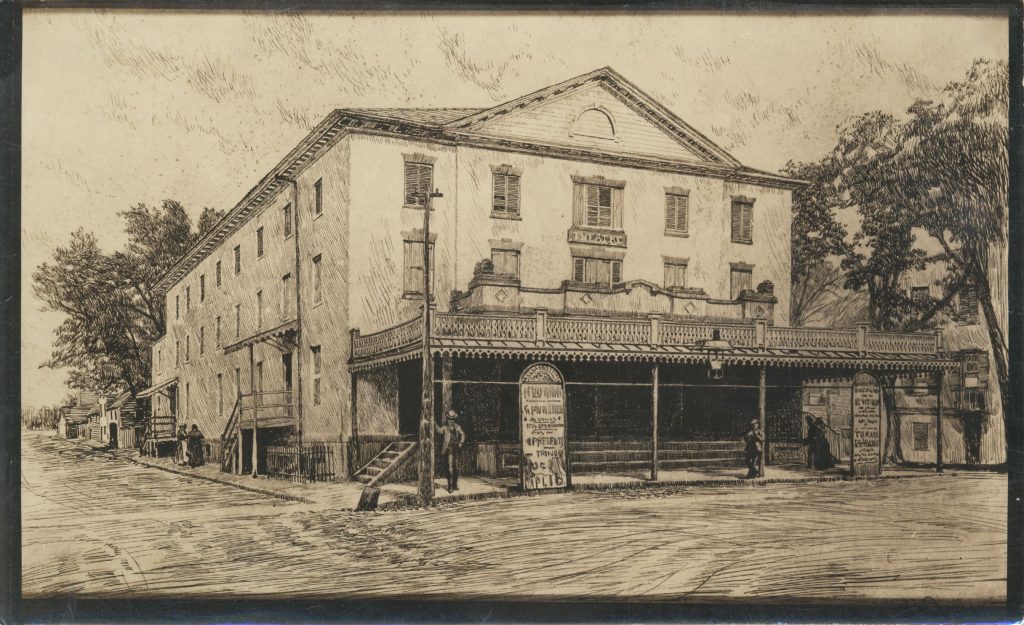
Courtesy of Georgia Historical Society.
Melodramas, variety shows, and (less often) minstrel shows were presented at the largest theaters, including the Athenaeum in Savannah and the Thespian in Augusta.
Concerts
Concerts of vocal and instrumental music flourished in antebellum Georgia, particularly in Savannah, Augusta, and Columbus, though they were held in smaller towns like Macon and Milledgeville as well. Much of the music and many of the performers were heard in cities throughout the United States. The repertory was dominated by eighteenth- and nineteenth-century European composers, and the most-heralded concerts were those offered by traveling European performers.
Piano and other instrumental works of such nineteenth-century European composers as Beethoven, Schubert, Chopin, Mendelssohn, Schumann, and Berlioz do not appear on the programs of concerts in Georgia throughout the entire antebellum period, though these composers were widely celebrated in Europe. The instrumental forces available in Georgia at the time precluded performances of symphonies by Beethoven and Berlioz and other large-scale concertos. Even the late symphonies of Haydn and Mozart were beyond the reach of the state’s instrumental resources at that time.
Such international figures as the violinists Ole Bornemann Bull and Henry Vieuxtemps, the pianists Henri Herz and Sigismond Thalberg, and the opera divas Marietta Piccolomini and Adelina Patti traveled the circuit from Boston, Massachusetts, down the Atlantic coast to Savannah in the 1840s and 1850s. In addition to traveling artists, local, mostly amateur performing musicians provided a stream of concerts and recitals for the urban populations. Some choirs offered oratorios and other choral music in the larger churches from time to time. The transplanted Englishman Henry Russell gave several concerts of his songs. His melodramatic performances of such songs as “Woodman! Spare That Tree!” and “The Old Arm Chair” were performed to frequently sold-out houses. The most famous musician in Augusta in the early antebellum era was James Hewitt, father of John Hill Hewitt, the composer of numerous widely popular songs.
In general, antebellum Georgia experienced dramatic advances in the arena of concert life, from humble beginnings, when amateurs did their best to enrich the musical lives of audiences in the urban centers, to the arrival of more professional musicians like Hewitt and Lowell Mason in the 1820s, to the late decades of the era when many of the world’s most prodigious musical talents graced the stages of performance halls in Savannah, Augusta, and Columbus.
Sacred Music
Two distinctly different ideologies were current in the field of Protestant church music in antebellum Georgia. One flourished in the rural areas as part of the so-called Second Great Awakening, an evangelical movement that began in Kentucky and reached Georgia early in the nineteenth century. During this time circuit-riding itinerant preachers spread across the backcountry preaching the gospel, often in fiery, emotional sermons. The other ideology developed in urban environs; both had roots in New England. One body of church music was developed to suit the needs of urban congregations; a different body of music was created for rural folk. The principal spokesman for the former was a transplanted New Englander, Lowell Mason, a champion of the so-called better music movement. Jesse Mercer and the compilers of the Sacred Harp were leaders of the rural type.
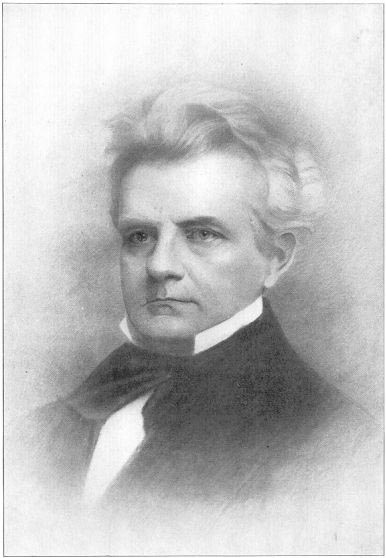
Urban Sacred Music
Mason left his native Massachusetts in 1812 for Savannah. His years in Savannah set him on a lifelong course of involvement in the fields of sacred music and public music education. In addition to composing and arranging hymns, tunes, and harmonizations selected from a variety of sources over the course of his long career, Mason was editor or coeditor of numerous music publications. One of the most important and influential of Mason’s publications was his very first one, which he compiled during his Savannah years: The Boston Handel and Haydn Society Collection of Church Music (1821-22). In his effort to provide “better music,” he adapted the works of several European classical composers, including Mozart, Beethoven, Handel, and Haydn.
Rural Sacred Music
Jesse Mercer was raised in a rural Georgia Baptist family. His father, Silas Mercer, left the Anglican Church in 1775 and became a Baptist minister. The younger Mercer was ordained a Baptist minister in 1789 and began a long, illustrious career in the Baptist denomination.
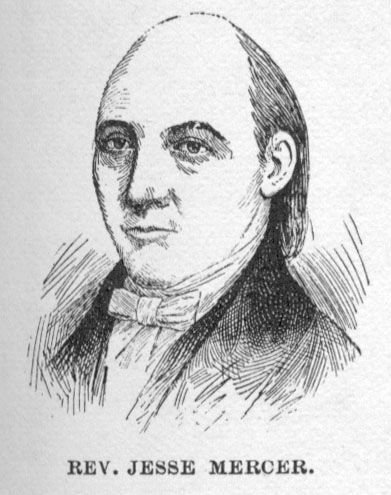
Significant among Mercer’s accomplishments was the formation of his hymnbook, The Cluster of Spiritual Songs, Divine Hymns and Sacred Poems. Five editions of the book were published in the years 1810-35. With its folk-like melodies and simple, sometimes graphic texts, it appealed to the hardy, free-spirited backcountry folk. Although it was widely popular in the mid-nineteenth century, as its five editions suggest, most of its contents fell out of favor and in time were forgotten. The most durable of the several books of rural church music has proved to be The Sacred Harp, compiled by Benjamin Franklin White of Hamilton in 1844. The book has been revised several times, most recently in 1991. Because of its unusual shape (wider than it is tall), it has come to be called an oblong. It is unusual too because of its note heads, which are of different shapes (called shape notes). The book is not the only or the first of its kind; it belongs to a tradition that began in New England.
In the eighteenth century, singing schools were designed to teach lay people how to read music. These schools and such oblongs as The Chorister’s Companion spread to areas outside of New England. With the spread of these music books came the concomitant dissemination of what can be called the first American music, that is, music composed by native-born North Americans. Fired by the success of northern oblongs and feeling a kinship with the kind of music contained within them, rural southern compilers and composers began to create their own sacred music songbooks. The Sacred Harp developed from this tradition. The edition still in wide use today is The Original Sacred Harp. Sacred Harp “conventions,” as they were and still are called, are devoted almost completely to singing. The vocal quality produced at the conventions is unlike any other kind of singing, which is not so much loud as it is powerful. The whole, full-throttle voice is used to produce virtually every syllable of every song.
